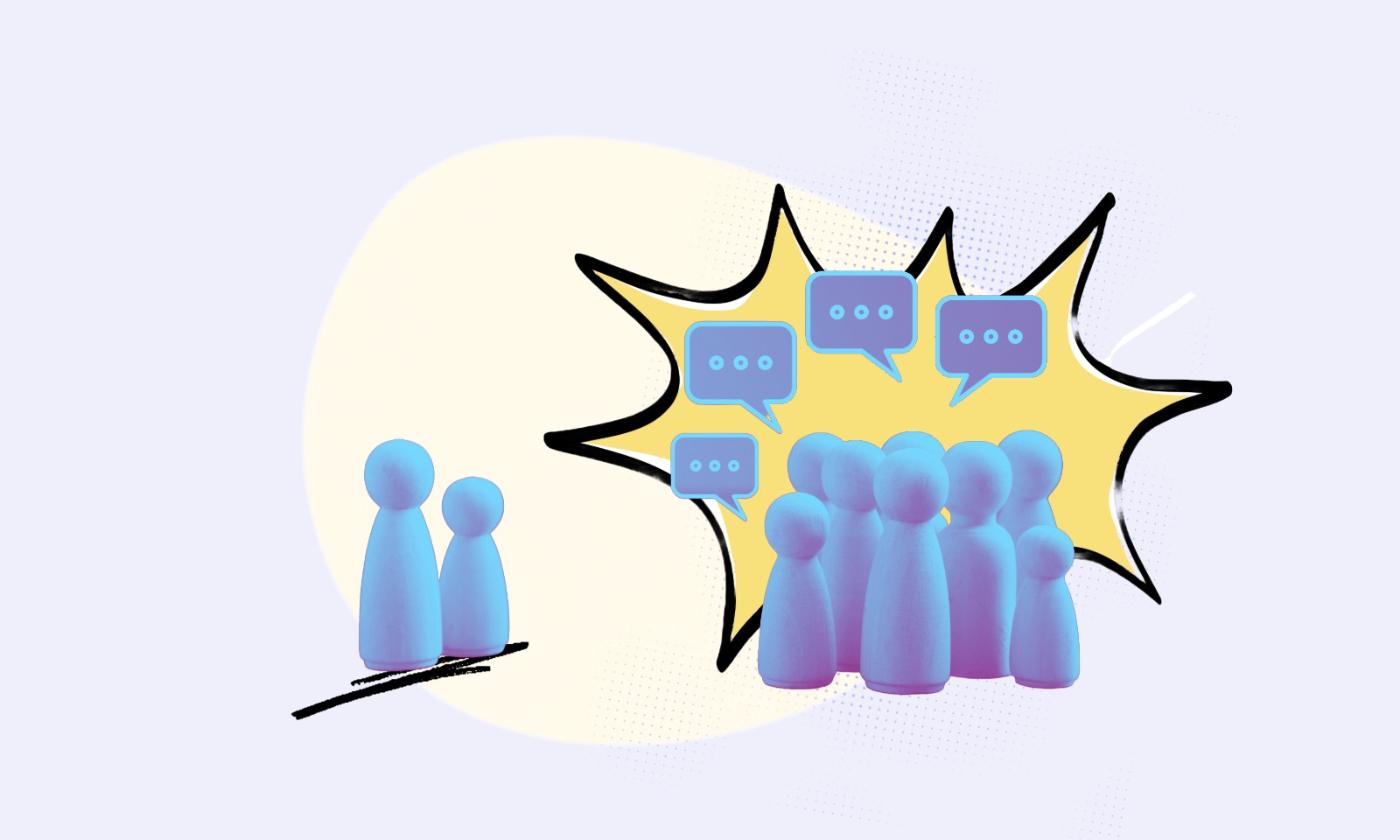Nov 6, 2023
Technology
Marketing
3
min read

Peter Lambrou
,
Sitecore Optimisation Consultant MVP Strategist
But how do you define user needs in a way that's actionable and effective?
We’ve put together five effective tips and best practices to consider when defining user needs for digital product development.
Conduct user research
Use personas to segment users
Focus on user goals and outcomes
Prioritise features based on user value
Iterate and continually test
1. Conduct user research
User feedback is vital. That’s why the first thing you must do is conduct some user research. This can include surveys, interviews, customer panels and usability tests.
The goal of user research is to gather information about users' behaviours, motivations, and pain points.
By understanding how they interact with your product and what they need from it, you can identify areas for improvement, prioritise features and build a product that will deliver the most value.
For example, imagine you're developing a mobile app for a fitness company. Through user research, you discover that many users struggle to find the right workout plan for their goals. Armed with this knowledge, you can prioritise features that help users select the best workout plan for their needs, such as a personalised recommendation engine or a searchable workout library.
2. Use personas to segment users
Once you've conducted user research, it's important to segment users into different groups based on their needs, behaviours, and goals. Personas are great for this.
As fictional characters they represent different types of users, based on common characteristics and behaviours. Personas allows you to really drill down and get to know your users.
Let’s imagine you're developing a mobile app for a restaurant chain. Through user research, you discover that your users fall into two primary personas: busy professionals who want to order food quickly and easily, and food enthusiasts who want to explore the menu and learn about new dishes.
By creating separate user flows and features for each persona, you can deliver a more personalised experience that meets their unique needs.
3. Focus on user goals and outcomes
When defining user needs, it's important to focus on their goals and outcomes, rather than just their behaviours. This means understanding what users are trying to accomplish and designing your product around that - to help them achieve those goals.
For example, you're developing a financial planning tool. Instead of just focusing on the user's behaviour of tracking expenses, you might want to shift your focus on the user's goal of saving money.
By designing features that help users set savings goals, create a budget, and track progress towards those goals, you can deliver a product that truly meets their needs.
4. Prioritise features based on user value
Not all features are created equal. When defining user needs, it's important to prioritise features based on the value they deliver to users. This means focusing on features that solve the most important user problems or provide the most significant benefits - this is especially important when launching your minimum viable product (MVP).
Take a new social media platform. Through user research, you discover that your users are frustrated with the amount of toxic content and misinformation on the platform. By prioritising features that help detect and remove harmful content, you can deliver a better product that's more valuable to users and better aligned with their needs.
5. Iterate and continually test
Finally, you should remember that the user needs change. As you develop your product, it's essential to continuously iterate and test your assumptions to ensure you're still delivering value to users.
For example, your productivity app is up and running. Through user research, you discover that users want a feature that helps them prioritise tasks. That’s great!
You implement this feature by updating functionality and the user interface, but a few weeks later you discover that it’s not being used as much as you expected. By collecting feedback and conducting further research and testing, you might discover that users prefer a different approach to prioritising tasks, such as a daily planner or a Kanban board.
The stages of digital product development can be challenging but worth it when you get things right. So, when you’re defining user needs you must be:
Specific: When talking to users, ask specific questions about their needs. For example, instead of asking "What do you need in a new product?" you could ask "What do you need in a new product to help you manage your finances?"
Open-minded: Don't be afraid to ask questions that might seem silly or obvious. The most important thing is to get a good understanding of what your users want and need.
Patient: It takes time to define user needs. Don't expect to get all the answers overnight. Take a long-term approach. Be patient and keep gathering feedback from users.
Examples of user needs
Find the information they need simply
Use your product with ease
Share your product with others quickly
Customise your product to meet their specific needs
Scenarios where you might need to define user needs
You’re developing a new product
You’re redesigning an existing product
You’re trying to improve the user experience of an existing product
You’re trying to increase user adoption of an existing product
Working with Codehouse
At Codehouse our Product Development team is available to discuss your digital product development needs and to get it off the ground.
Get in touch to find out more.








